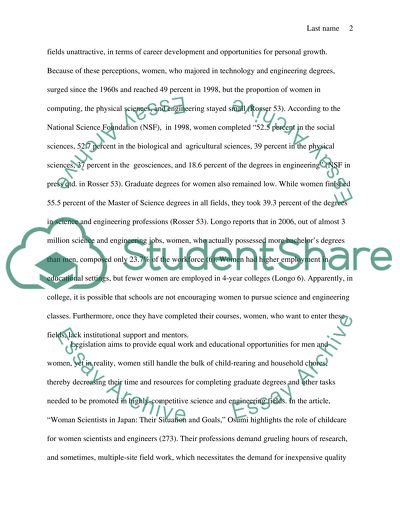Cite this document
(“The Vanishing Gender: Institutional, Cultural, and Workplace Barriers Term Paper”, n.d.)
Retrieved from https://studentshare.org/science/1600765-the-vanishing-gender-institutional-cultural-and-workplace-barriers-to-women-scientists-and-engineers
Retrieved from https://studentshare.org/science/1600765-the-vanishing-gender-institutional-cultural-and-workplace-barriers-to-women-scientists-and-engineers
(The Vanishing Gender: Institutional, Cultural, and Workplace Barriers Term Paper)
https://studentshare.org/science/1600765-the-vanishing-gender-institutional-cultural-and-workplace-barriers-to-women-scientists-and-engineers.
https://studentshare.org/science/1600765-the-vanishing-gender-institutional-cultural-and-workplace-barriers-to-women-scientists-and-engineers.
“The Vanishing Gender: Institutional, Cultural, and Workplace Barriers Term Paper”, n.d. https://studentshare.org/science/1600765-the-vanishing-gender-institutional-cultural-and-workplace-barriers-to-women-scientists-and-engineers.


